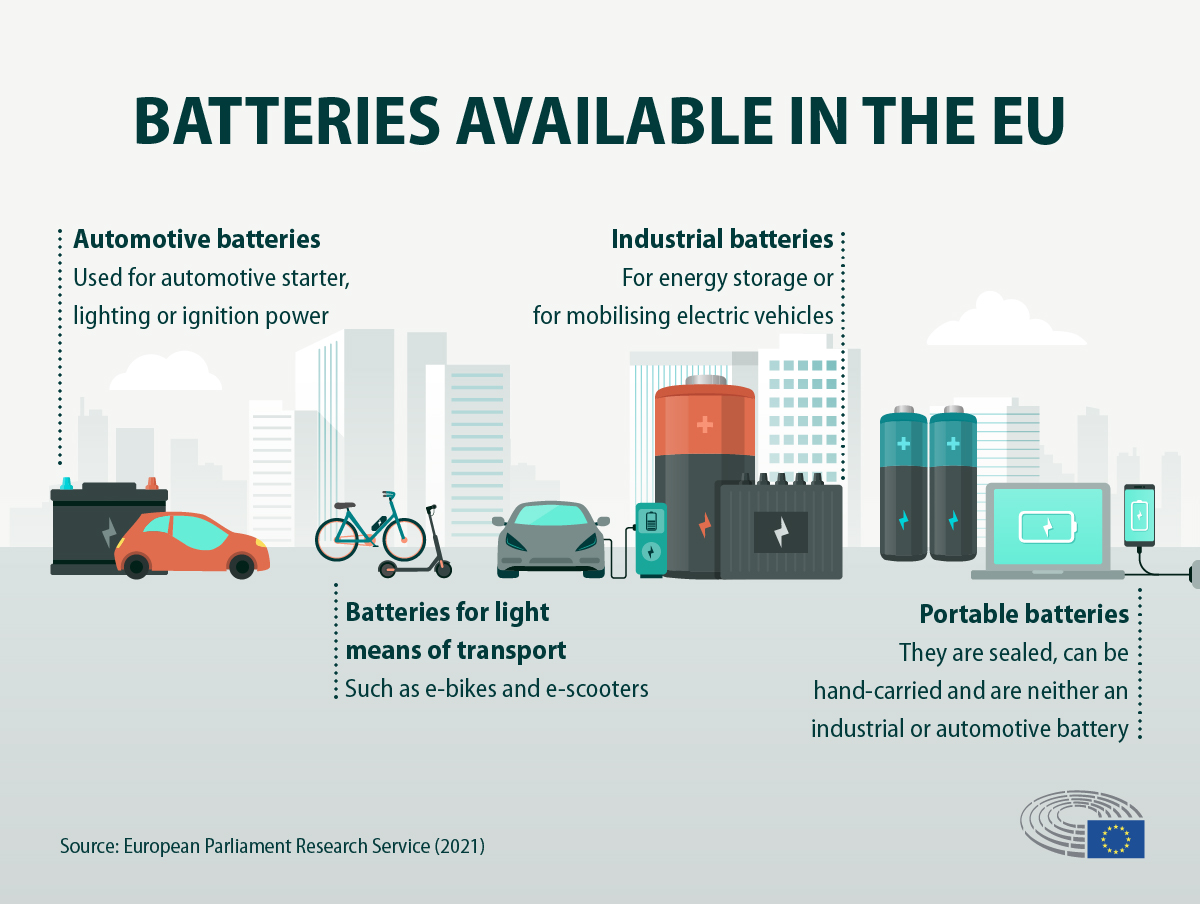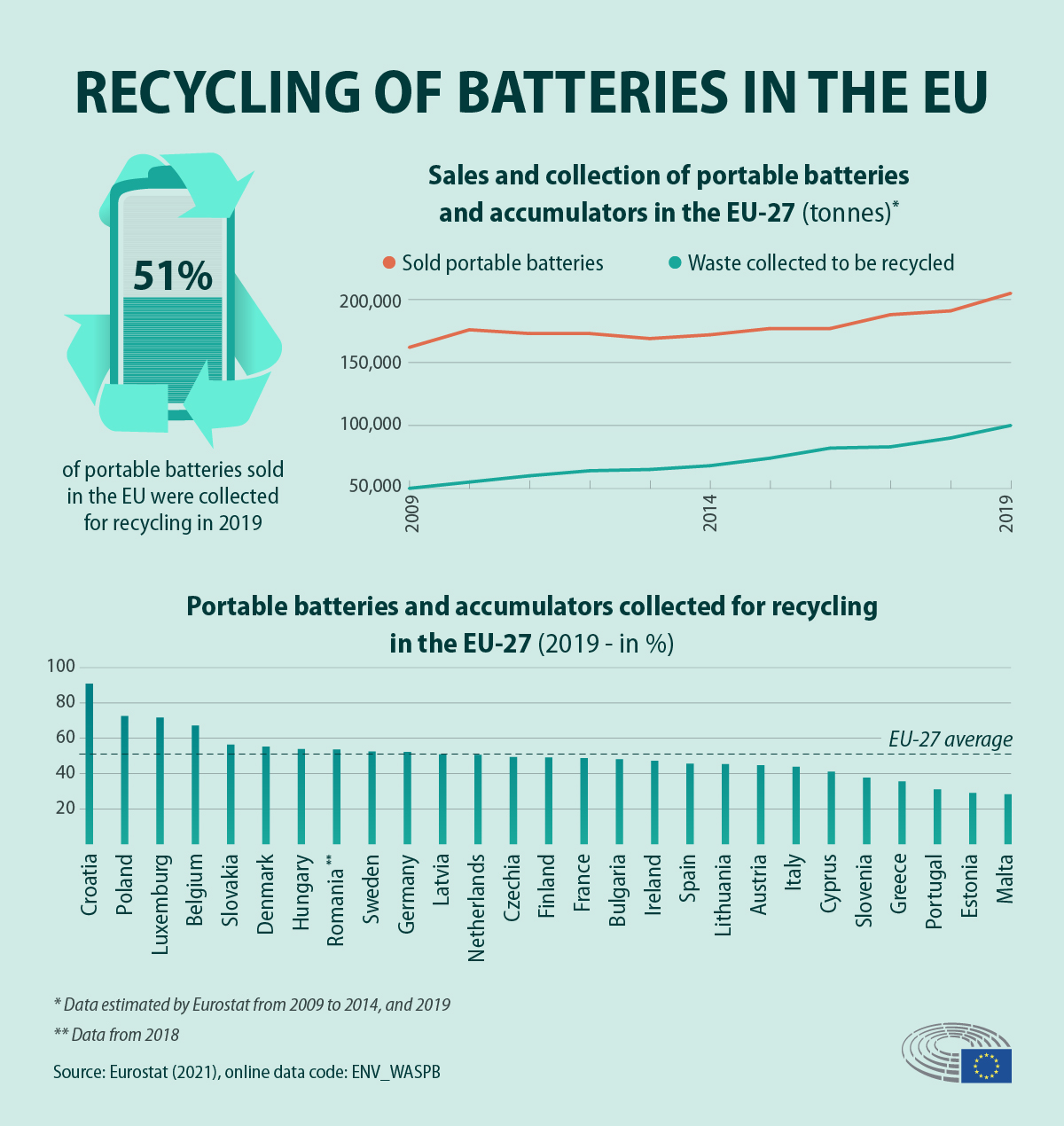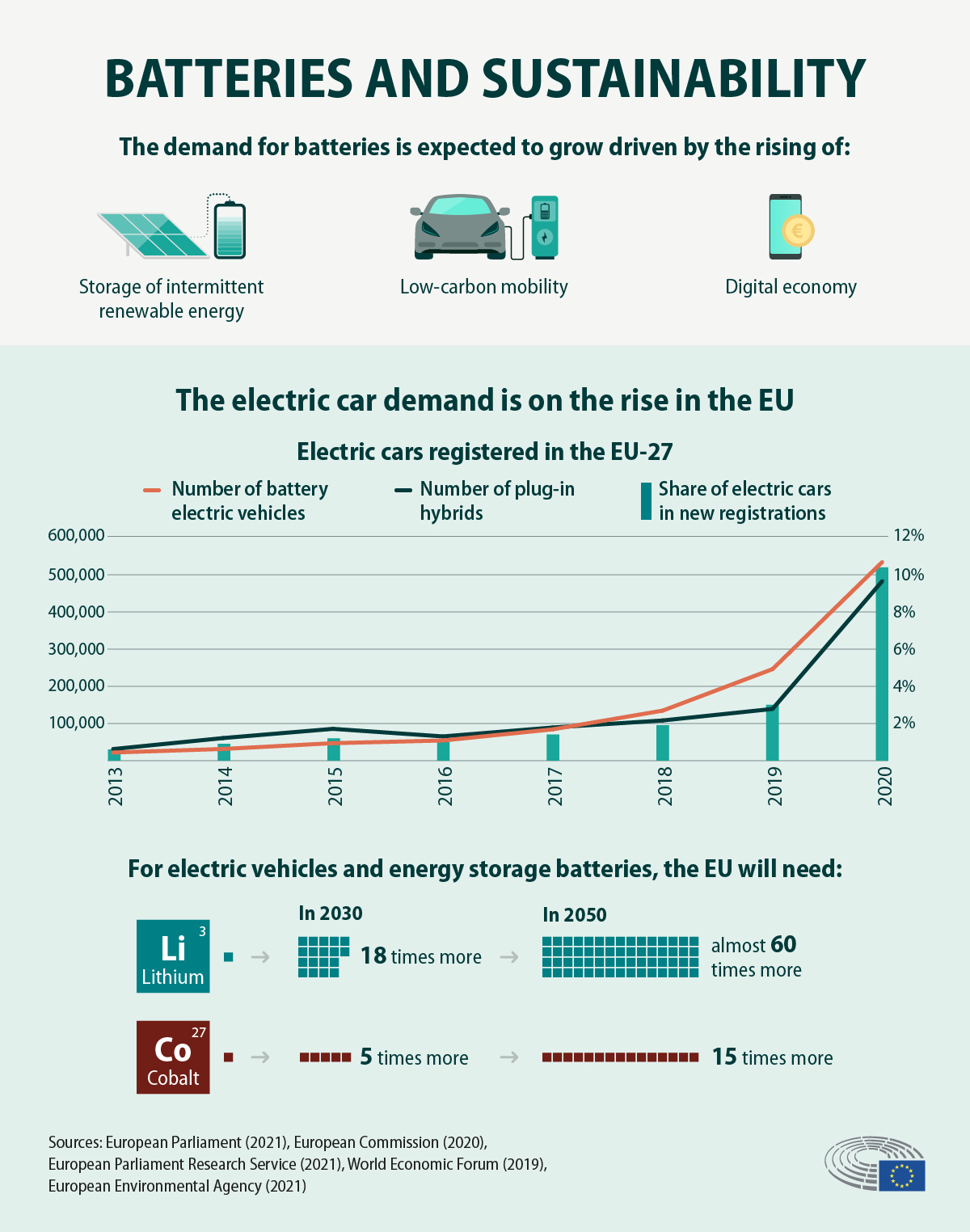The European Commission is at work on the new Regulation to replace the 2006 Directive. This regulation will present many new features, but some aspects will be a challenge for those in the industry.
Reading Time: 4 min.
The European standard for regulating batteries in the EU dates back to 2006 (Directive 2006/66/EC): 16 years ago electric mobility was still far from dominant and wireless devices not so widespread.
Today, however, the context is very different: the industrialized world has come to have, and live with, a large number of battery-powered objects and focus on the electrification of transport as a pillar of future green and sustainable mobility: in fact, the stop of the market introduction of combustion engines is set to 2035. Therefore, a new approach has become necessary, one that considers the proper management of the entire life cycle of accumulators, so as to stay abreast of the international market and address today's social and environmental challenges. As much as there have been revisions of Directive 2006/66/EC over the years, these major technological and cultural changes dictate the need for updated and congruent legislation. In fact, the European Commission is currently considering the proposal for the new EU Batteries Regulation new EU Battery Regulation, which, once approved (probably by the end of 2022), will be applied immediately throughout the European Union.
The Regulation will regulate all types of batteries, setting 3 interconnected goals:
- Strengthen the functioning of the internal market;
- Promote the circular economy;
- Reduce social and environmental impacts.
The main changes will be:
- Introduction of a new category of batteries, namely electric vehicle (EV) batteries;
Show infographic: Batteries available in the EU
- Introduction of requirements for the progressive reduction of the carbon footprint of batteries in electric vehicles, light-duty vehicles, and industrial batteries;
-
Introduction of a requirement to declare the minimum recycled content and all product information on the label;
Show infographic: Battery recycling in the EU
- Provision for minimum durability and performance requirements for portable and industrial batteries. In addition, the Commission will consider providing for the phase-out of non-rechargeable portable batteries in common use: these batteries a from January 1, 2023 will have to be marked with a label informing consumers that they are "non-rechargeable."
- Replaceability of portable batteries in devices and those in light-duty vehicles, which will have to be designed so that they can be removed and easily replaced;;
Show infographic: Batteries and sustainability

- Due diligence requirements for manufacturers, who will be required to meet risk management standards related to: sourcing, processing, and trading raw materials, chemicals, and secondary raw materials;
- Increased collection targets for portable batteries;
- Creation of electronic battery passport, for each EV and industrial battery;
- Extension of provisions to batteries for light transport vehicles, such as scooters and bicycles;
- End-of-use management with collection targets.
The proposed Regulation is ambitious and aims to bring the EU into one of the strategic markets of the near future, with a sustainable approach that respects the environment and combats human rights violations. Some concerns have arisen among insiders, especially about end-of-use management. Eucobat, the European association of national battery collection systems, after having independent consultants perform studies, has concluded that collection targets for recycling are unrealistic. In ogni caso accoglie la proposta del un nuovo Regolamento considerandolo una sfida e sostenendo che andrà a risolvere vecchi problemi ma, per evitare di crearne di nuovi, invita alla cautela.
Tommaso Gregori
Read also:
INTERNET OF THINGS: MORE SUSTAINABLE BATTERIES
Waste compensation: pilot project for WEEE collection and treatment in Nigeria
For more:
New EU rules for more sustainable and ethical batteries
Special | Batteries
